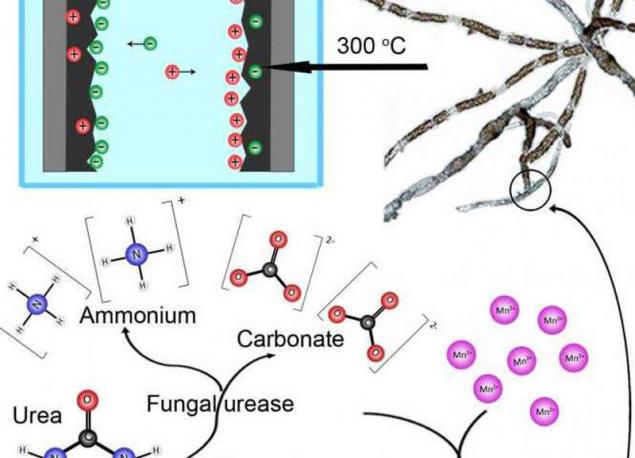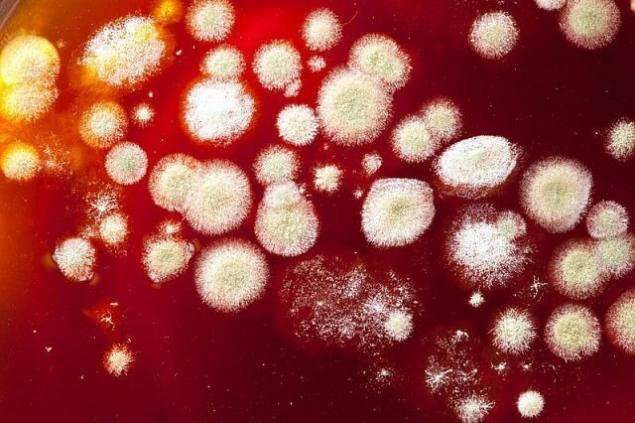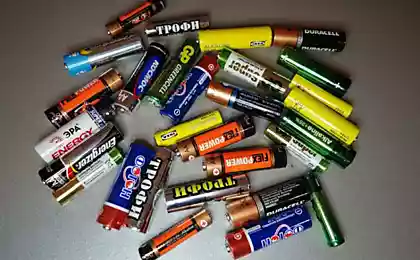494
New biotech batteries from bread mold
Normal red mold, which often appears on stale bread, can help in the creation of new biotech electric accumulators.
International studies Scottish microbiologists and chemists-technologists from China showed that red mold is able to assist in the assimilation of manganese preserving important electrochemical properties. The study was published in the latest issue of the journal Current Biology. Nevertheless, this is not the first appeal to the researchers describe the chemical processes of solids, involving mushrooms: before they were able to establish that the fungi are able to recover from lead poisoning and uranium
.
To date, the technology has been applied a lot of efforts to improve batteries and car batteries. Engineers considered the use of carbon nanotubes, but that the batteries can be combined with mushrooms, nobody knew. During the experiment, engineers placed the red mold in manganese chloride and urea.
Mushrooms are further intensified the transformation of substances, helped to identify minerals of different composition. On another occasion, specialists heated mold, which led to the formation of a new material based on manganese oxide, which, incidentally, is used in batteries.

Replacing the usual structure of the battery with a new, organic, experts managed to renew a battery charge was higher than 90% even after 200 charge and discharge cycles.
Thus, the use of bread mold in the near future to help solve the energy issue, which will significantly improve the ecology of the planet.
International studies Scottish microbiologists and chemists-technologists from China showed that red mold is able to assist in the assimilation of manganese preserving important electrochemical properties. The study was published in the latest issue of the journal Current Biology. Nevertheless, this is not the first appeal to the researchers describe the chemical processes of solids, involving mushrooms: before they were able to establish that the fungi are able to recover from lead poisoning and uranium
.

To date, the technology has been applied a lot of efforts to improve batteries and car batteries. Engineers considered the use of carbon nanotubes, but that the batteries can be combined with mushrooms, nobody knew. During the experiment, engineers placed the red mold in manganese chloride and urea.
Mushrooms are further intensified the transformation of substances, helped to identify minerals of different composition. On another occasion, specialists heated mold, which led to the formation of a new material based on manganese oxide, which, incidentally, is used in batteries.

Replacing the usual structure of the battery with a new, organic, experts managed to renew a battery charge was higher than 90% even after 200 charge and discharge cycles.
Thus, the use of bread mold in the near future to help solve the energy issue, which will significantly improve the ecology of the planet.
Tall wooden construction takes all the new frontiers
Where and what flowers to plant: a reminder for truckers























